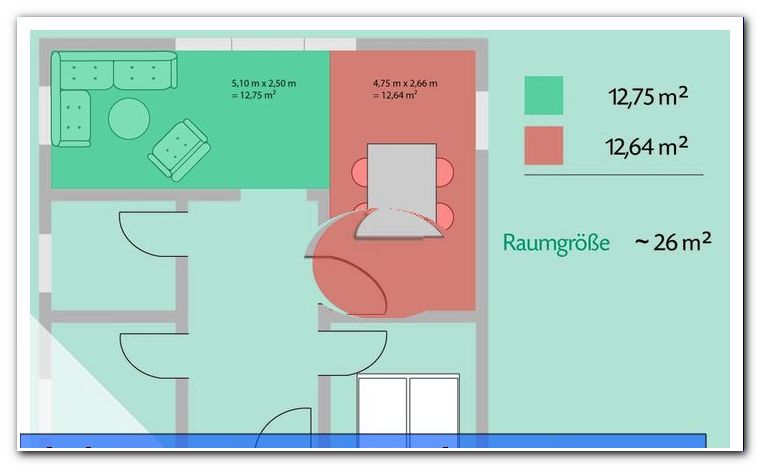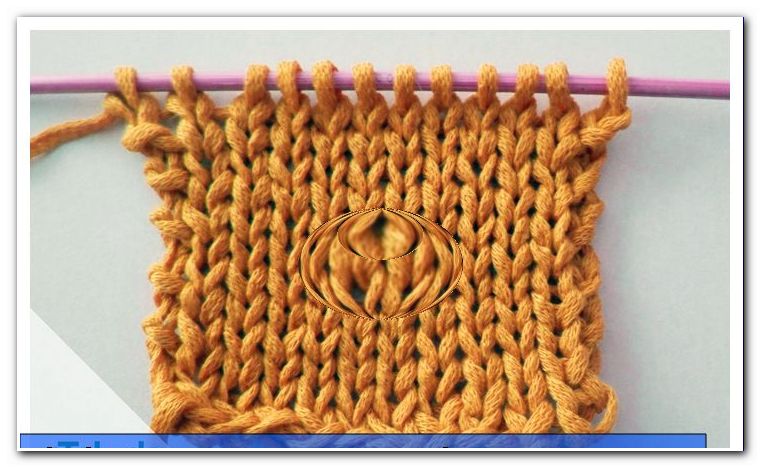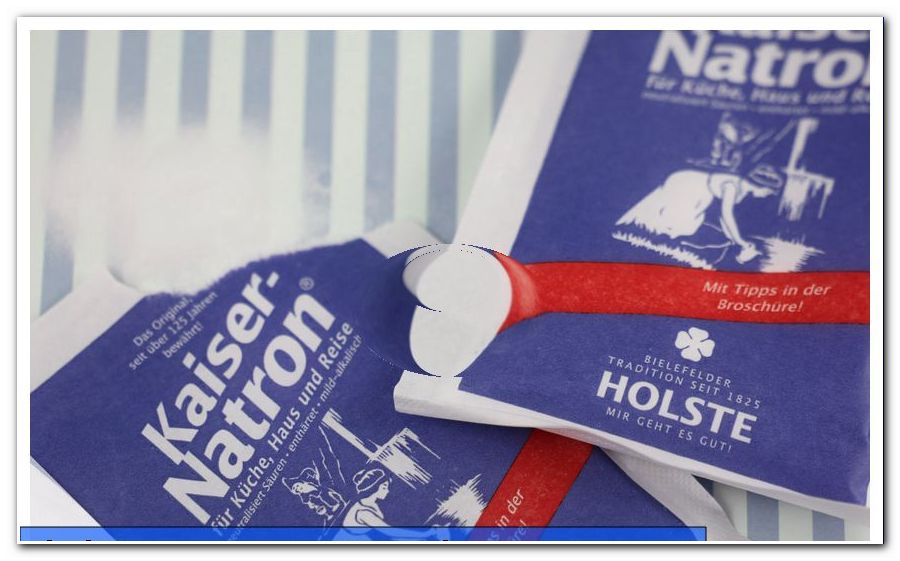Clean extractor hood and filter - in 4 steps

- How to clean the cooker hood
- Step 1 - Clean the metal filter
- Step 2 - Clean inside area
- Step 3 - Clean outside
- Step 4 - Replace the active carbon filter
It is available in almost every kitchen: the extractor hood. But many people are not sure how to effectively and sustainably clean the hood. It raises the question of how many filters are installed and which procedures are best suited. We have presented the cleaning for you in four steps.
Extractor hoods clean the air and absorb grease and odors. They are switched on when frying and cooking and provide clear air. Fat is a particularly big problem here. If it remained in the room air, it could settle in the kitchen on and in cabinets or even on walls. To avoid this, cooker hoods are equipped with filters. The air is freed from grease, but the fat now remains hanging on the filters. Regular cleaning ensures free and clean filters and the cooker hood works reliably again.
The different variants of the extractor hood
Extractor hoods can be assigned to one of the two categories: exhaust air and recirculated air. The device may be provided with an exhaust duct through which moisture and mist are discharged.

The second design works with an activated carbon filter, which absorbs flavorings and fat. The purified air returns to the kitchen. Both extract air and recirculation extractor hoods contain a metal filter. The metal filter is cleaned, replace the activated carbon filter at regular intervals.
How often should I clean the cooker hood ">
The answer depends on several factors. The more you cook or fry with fat, the more often you need to clean the filters. Suppose you use oil for frying every day. In this case you should do a thorough cleaning every three weeks. If the cleaning intervals are too long, the grease may drip out of the hood. Malfunctions are also possible, so that the cooking fumes remain in the kitchen. Too rarely carried out cleanings have another disadvantage: The fat is gummy and difficult to remove.

How to clean the cooker hood
Step 1 - Clean metal filter
The metal filter is generally located at the bottom of the cooker hood. It can be two individual filter plates. They are accepted in accordance with the operating instructions. Mostly, the filters are only loosely mounted and removed with a handle. The grease is already visible on the outside and must be removed thoroughly. Especially handy is the cleaning in the dishwasher. Alternatively, of course, the manual cleaning is possible.
Tip: If you clean the filters by hand, they should be soaked in a mixture of water and detergent. Use a brush for subsequent cleaning. For particularly heavy soiling, you can let the filters soak in a 5% soda solution. This can lead to metal discoloration, which have no further effects.
Tip: You can place the filters both horizontally and vertically in the dishwasher. It is important to select a long and hot wash program. Also make sure that the rinse arms do not block due to the relatively large filters.

Step 2 - Clean inside area
After cleaning the metal filter, set it aside and continue cleaning the hood. Grease deposits not only in the metal filter but also in the housing itself. The more often you clean the filter, the lower the risk of fat deposits inside the cooker hood. You can clean the inside with a sponge, water and detergent.
Step 3 - Clean outside
You must also thoroughly clean the outside of the cooker hood. If it is a stainless steel surface, you need to wipe dry thoroughly after cleaning. Otherwise, it comes to ugly spots on the outside. Use a scum-free cloth to work. Smooth plastic surfaces are easier to clean as the grease may adhere less well.

Step 4 - Replace the active carbon filter
If the cooker hood is equipped with a carbon filter, it should be replaced approximately every three months. You remove the filter as described in the operating instructions of the respective device and insert a new model. The cooker hood usually does not need to be disassembled as the filter is easily accessible. It is located directly in the device, above the metal filter. The active carbon filters are mostly black and consist of a plastic housing with the coal in the interior. They can be round but also rectangular.
Why is the replacement of the active carbon filter important "> 
Good reasons for cleaning the cooker hood
- The perfect function of the device is guaranteed. Only through regular cleaning the cooker hood works effectively and reliably.
- They protect your health. Since the formation of bacteria and mold is prevented, fewer pollutants escape into the air.
- The service life of the cooker hood is extended. The cleaning protects the device, which increases the service life.
- Fat can be a fire hazard. If the cooker hood continued to fill with fat, there would be a risk of fire. The heat generated by cooking may cause the fat to burn and the fire may skip over to other items. For this purpose, however, a drastic contamination of the hood is required.
Tips for quick readers
- Clean metal filter (dishwasher / manual)
- Replace activated carbon filter
- Clean housing inside and outside
- Use detergent for cleaning
- change active carbon filter every 3 months
- Clean metal filter every 3 weeks
- dirty extractor hood is a health hazard




